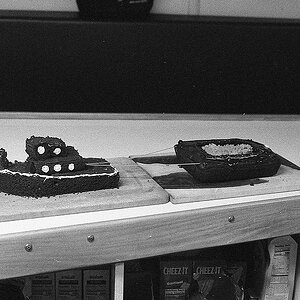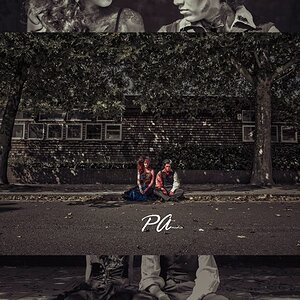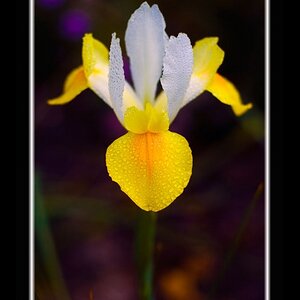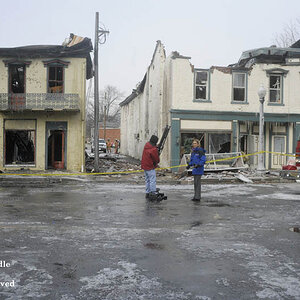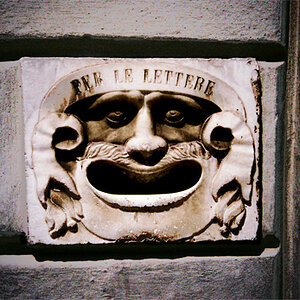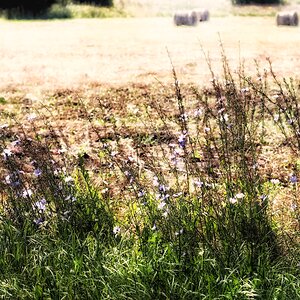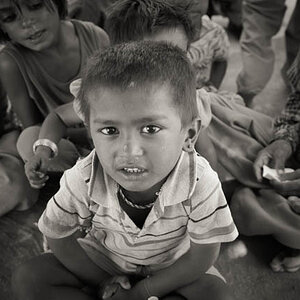franco stacy
TPF Noob!
- Joined
- May 16, 2009
- Messages
- 13
- Reaction score
- 0
- Location
- Midwest - Indiana
- Can others edit my Photos
- Photos NOT OK to edit
I can't relate RAW to the film world, so I am little lost on what it is or what I should know about it. How should I be using, configuring, or editing it. I basically take a picture, download it to my PC and either leave it as it or try to edit it with some type of software (which is also something I am not good at) Just recently came back to photography from sulking about film dying for a guy like me. So I bought a D90 and have barely used it. Recently started using it and I love the flexibility of shooting massive amount of pictures and gettting instand feedback. BUT I can't relate RAW to film and therefore I don't know if that is something I should check, adjust, manipulate, upload differently to my PC, edit a jpeg or a raw.
Is it something I should consider before the shot, during the shot or after the shot?
Is it something I should consider before the shot, during the shot or after the shot?
Last edited:


![[No title]](/data/xfmg/thumbnail/33/33359-a5cf76b8e843e82b3831650af6dfa6b3.jpg?1619735923)


